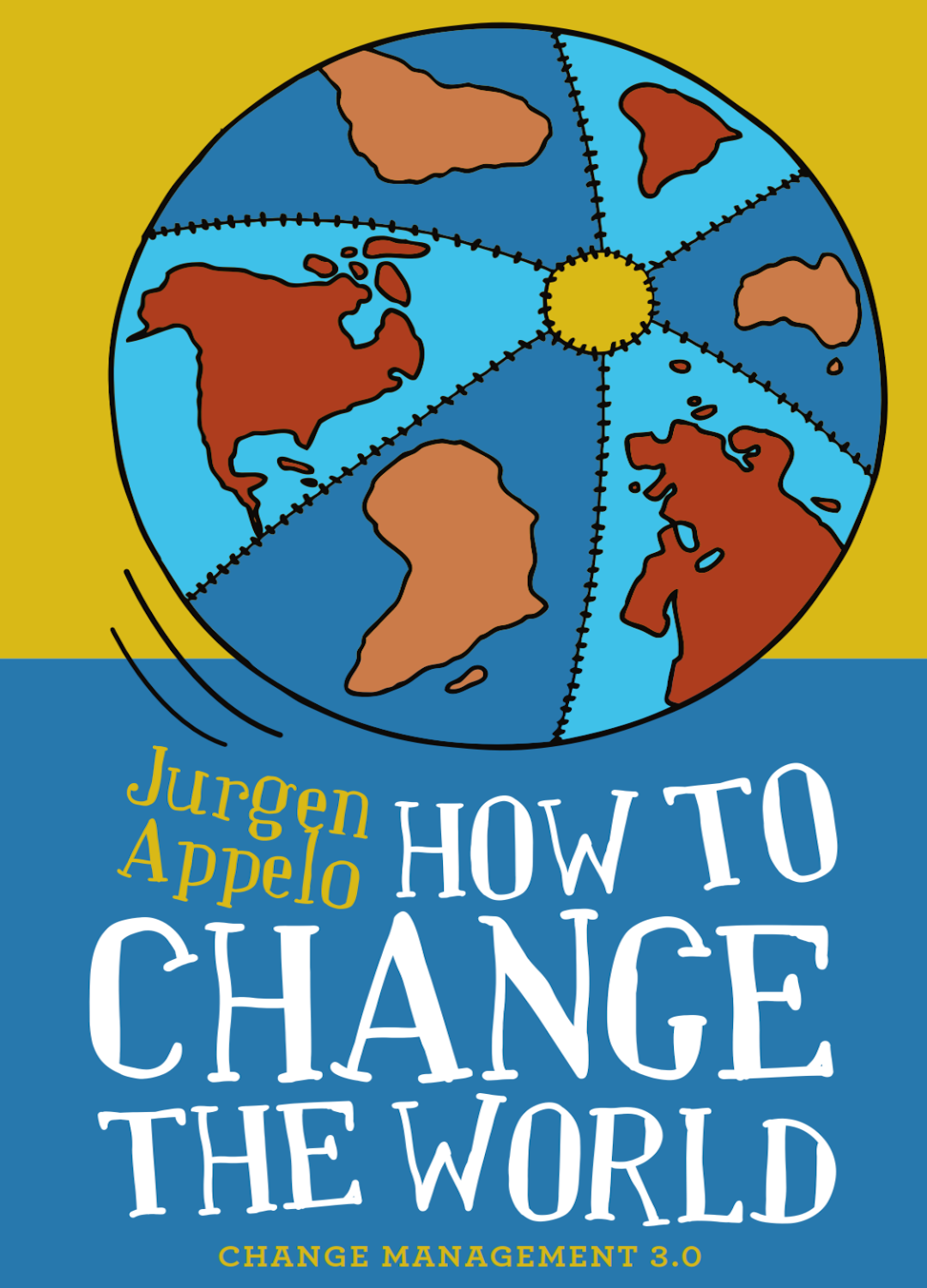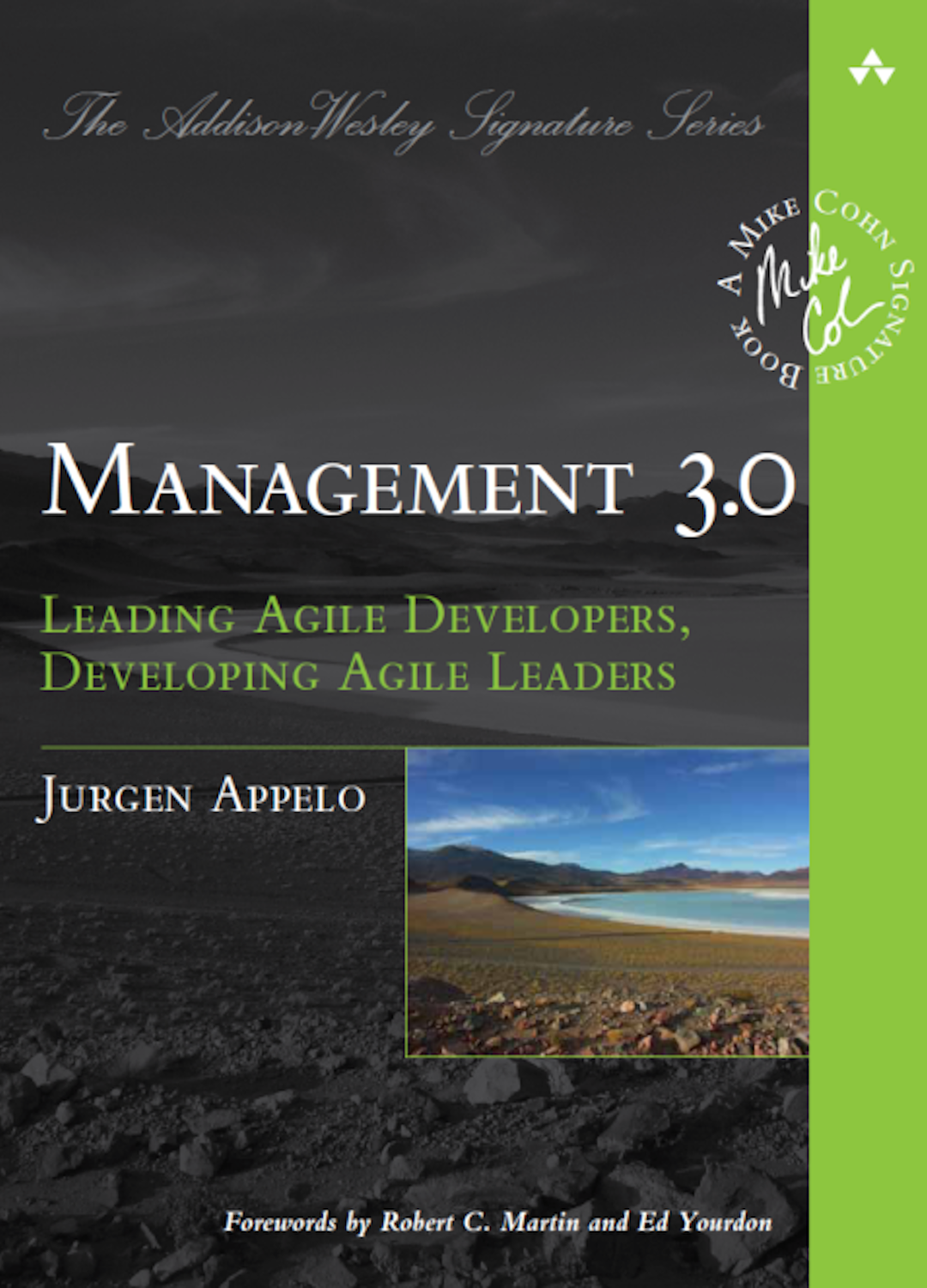Agile is meant to navigate uncertainty—the Age of AI will separate the winners from the losers.
I received some unfriendly comments these last few months from people accusing me of shifting my focus from agile to AI. "You're doing it for the money." "You're jumping on the AI bandwagon." "Oh look, yet another agile expert who is suddenly an AI expert." They make it seem as if I quit the Judean People's Front to join the People's Front of Judea.
To all of them, I say, pivoting our attention from traditional agile practices to a new world of work embedded in AI is to be applauded, not criticized. It IS what agile is all about.
I'm not the only one facing such pushback on my writing and recent pivot. The matter was the first topic that came up in a panel discussion between Henrik Kniberg, Scott Ambler and myself. Along with colleagues such as Jim Highsmith and Jeff Sutherland, we're part of a group of agilists now talking more about AI than about agile.
I understand the sentiment. When you squint your eyes and don't think too deeply, it does seem like we're just riding the wave of the hype. Yet, ironically, those criticizing us for "jumping on the AI bandwagon" are missing the point of our work and forgetting the values of the Agile Manifesto itself.
Here's what the critics don't get: Riding the AI wave isn't abandoning Agile. It is Agile.
The Purpose of Agility
First things first.
I've rarely met anyone in the agile community who promoted agility for the sake of agility. Nobody just wants to push agile. We all want successful organizations, happy employees, and delighted customers. And true business agility helps—quite significantly, I must say. (Granted, we cannot say the same for the entire agile industrial complex, but that's another story.)
I trust people's intentions. (Actually, I pretend to trust people's intentions, just to keep my blood pressure manageable.) For nearly everyone I know, the agile principles, methods, and practices have always been just a means to an end: to make the world of work better for software engineers, their customers, and their organizations. The purpose of agility is to keep creating value in an uncertain environment. And that's great!
Because the world of work is changing. Fast.
Do What You Love
Agile recognizes that people are not machines. There's work we love and work we don't.
Ten years ago, I enjoyed writing blog posts, designing card games, and developing workshop exercises. These days, I enjoy working with my team of AIs: we research the future of work, wrote a book about leadership in the age of AI, and publish a Substack newsletter about the future of work between hype and doom. I now have fewer agile events and more AI-related work, which I enjoy tremendously.
My purpose hasn't changed, though. I still hope to inspire people about better organizations, more engaged employees, and happier customers. The methods and practices have shifted, from motivational games to AI prompts and from delegation levels to AI agents, but it's still about individuals and interactions. The work I love doing today is not the same as the work I loved doing in the past. I have new processes and tools, but the goal remains creating value.
Do What You're Good At
Agile recognizes the importance of technical excellence. New tools require new expertise.
When you consistently do certain work, you naturally become proficient with the tools you're using. Now, let me be clear: To set the right expectations, I consistently refuse to present myself as an AI expert. At most, I'm just a power user. Yet, people often ask me which tools I use (and why and how). I spend hours each week staying up-to-date on the latest developments in AI and the expected changes in the world of work. Indeed, I've developed some expertise and useful insights.
When you explore unfamiliar terrain, there's nothing wrong with sharing what you've learned with those who follow. If some agilists turn out to be quite talented at using AI tools to create better software faster, who are we to criticize them for "jumping on the bandwagon"? They're simply doing what everyone should be doing. They discuss how they develop their expertise to deliver more value to customers and create better experiences for workers.
Do What They Need
Agile says we must talk with customers. We listen to what they want, but give them what they need.
When it comes to great organizations, happy employees, and delighted customers, I'm convinced that AI helps everyone be more agile than ever. It drives business agility to its logical conclusion. Some might call it extreme agile, agile on steroids, agile unlimited, or whatever. With AI, we can discover new value faster, design and deliver it faster, and at higher quality levels than before. AI is the true agilist's dream come true.
And let's be honest: when companies stop asking for "agile" and start asking for "AI," who cares? The patient still needs the same medicine. They're just asking for a different flavor. Fine. Let's update and rebrand what we do, ensuring that AI is an intrinsic part of our new offerings, and then deliver what they truly need. The customer asks for AI but they still need agile. We deliver both with updated terminology, tools, and practices.
Do What They Pay For
Agile doesn't say we should all work for free. Creating value deserves payment.
I find the comment, "You only pivot for the money," particularly condescending. It usually comes from people with steady jobs and predictable salaries—those who don't feel the volatility of the markets. They're on social media pointing fingers at others, not acknowledging that those others are entrepreneurs, freelancers, contractors, or gig workers with unpredictable incomes. Many have families to feed.
When corporate budgets for agile workshops, coaching, and consultancy dry up and get reallocated to digital transformations and AI technologies—yes, that happens everywhere—many of us need to adapt. The value we offer might still be the same, but reality forces us to strip the word agile from our marketing and sprinkle AI all over it. If that's what it takes for customers to pay their bills, so be it.
For example, a recent client wanted 100 copies of my book Human Robot Agent, but I couldn't mention any "books" on the invoice. Instead, they asked me to raise my standard keynote fee and then bring my 100 books "for free." The reason, of course, was corporate budgeting. There was no budget for books, but plenty for speakers. Alright then, if it takes creative invoicing for them to buy and read my books, I'll happily adapt. I could complain about the stupidity and extra administration on my side, but what's the point? If I don't do it, I don't get paid.
Four Circles, Four Values
I'm sure some of you have recognized the four circles of Ikigai.

If we want to make an impact, we must focus on Ikigai's core. The world around us keeps shifting, which means there are changes in what we love, what we're good at, what customers need, and what they will pay for. None of this is problematic, as long as we keep our focus on purpose: creating value in uncertain times with successful organizations, happy employees, and delighted customers. The four circles of our Ikigai may wiggle and flutter, but the center remains stable.
Today's rapid changes in the world of work also bring to mind two of the four values of the Agile Manifesto itself:
The first agile value, Individuals and interactions over processes and tools, means that aiming for better organizations, happier employees, and delighted stakeholders is still our primary goal. The processes and tools (agile, AI, or whatever comes next) take secondary place after creating value for people.
The fourth agile value, Responding to change over following a plan, suggests that we must keep monitoring our environment. Inspect and adapt. Business agility requires gracefully—or sometimes clumsily and painfully—following the shifts in the market, even when this comes at the expense of our precious agile practices.
Want to cut through the noise and see where Agile, AI and the Future of Work are taking leadership and business? That’s what I’m for. Subscribe to my Substack and stop guessing.
The Heroes in the Age of AI Will Be Agilists
I have perhaps not emphasized enough the most crucial of all issues.
Expert after expert agrees that these are the most uncertain times in human history. Geopolitical instability, the Fourth Industrial Revolution, and a business environment that's more agile than ever together form a dangerous volatile cocktail of uncertainty that makes VUCA look like a coma patient.
In an unpredictable environment that's changing faster than ever, who will be the heroes getting organizations safely to the other side?
That's right. The agilists.
Pivoting our attention from traditional agile practices to a new world of work embedded in AI is to be applauded, not criticized.
It IS agile.

p.s. The working title of this blog post was, "You're an Idiot If You Think Pivoting from Agile to AI Is Just Jumping on the Bandwagon." However, I realized this post is not meant for the critics; it is meant for the heroes.















